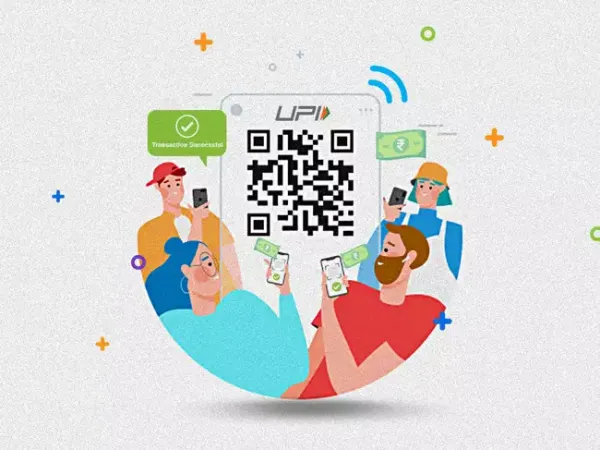Fintech startups and the government’s difference over charges on Unified Payments Interface (UPI) transactions continues to remain a thorny issue after the budget’s reduced preliminary allocation of Rs 1,441 crore to incentivise digital payments done via RuPay debit cards and UPI.
This amount is much lower than the initial plan to allocate Rs 3,500 crore that was mentioned in the interim budget presented by the finance minister in February.
“The incentive scheme for the promotion of RuPay debit cards and low-value BHIM-UPI transactions (person to merchant) has now been reduced from interim budget Rs 3,500 crore to Rs 1,441 crore in this year’s Union Budget. This amount was approximately double at Rs 2,485 crore in last year's budget. This can have a significant impact on the fintech and banking industry for promoting digital payments,” said Mihir Gandhi, partner, payments transformation, PWC India.
However, payment companies remain hopeful.
“Last time also they had made a lower allocation and later they had scaled it up, so hopefully something similar will happen this year too,” said a chief executive at a payments firm.
Multiple other founders of payment startups, which operate in this space, said they were trying to get clarification from the finance ministry, the Reserve Bank of India and the National Payments Corporation of India on how the reduced budgetary allocation will impact their business.
To promote digital payments the central government has made low value UPI and RuPay debit card payments at zero cost. Payment transactions above Rs 2,000 attract an MDR or merchant discount rate of above 1%.
“Majority of the transactions done via UPI are small value payments, so effectively there is a massive revenue loss for banks and for payment companies,” said one of the founders ET spoke with.
ET had written on February 22 that the payments industry had asked for around Rs 4,500 crore as subsidy support for the zero MDR regime to compensate for the revenue loss they incurred. ET wrote on July 18, that the payment companies had also asked for an assured share of this amount.
Currently, UPI records around 13 billion transactions on a monthly and settles around Rs 20 lakh crore worth of transactions. The payments industry has said that given UPI has become mainstream now, there is a need to relook into the zero MDR regime on this payment scheme.
Budget with ET
India looks to bring more women into workforce
A game changing budget to revive India’s backbone - agriculture
How would you plan India's Budget? Give it a try
“The incentive scheme for the promotion of RuPay debit cards and low-value BHIM-UPI transactions (person to merchant) has now been reduced from interim budget Rs 3,500 crore to Rs 1,441 crore in this year’s Union Budget. This amount was approximately double at Rs 2,485 crore in last year's budget. This can have a significant impact on the fintech and banking industry for promoting digital payments,” said Mihir Gandhi, partner, payments transformation, PWC India.
However, payment companies remain hopeful.
“Last time also they had made a lower allocation and later they had scaled it up, so hopefully something similar will happen this year too,” said a chief executive at a payments firm.
Multiple other founders of payment startups, which operate in this space, said they were trying to get clarification from the finance ministry, the Reserve Bank of India and the National Payments Corporation of India on how the reduced budgetary allocation will impact their business.
To promote digital payments the central government has made low value UPI and RuPay debit card payments at zero cost. Payment transactions above Rs 2,000 attract an MDR or merchant discount rate of above 1%.
“Majority of the transactions done via UPI are small value payments, so effectively there is a massive revenue loss for banks and for payment companies,” said one of the founders ET spoke with.
ET had written on February 22 that the payments industry had asked for around Rs 4,500 crore as subsidy support for the zero MDR regime to compensate for the revenue loss they incurred. ET wrote on July 18, that the payment companies had also asked for an assured share of this amount.
Currently, UPI records around 13 billion transactions on a monthly and settles around Rs 20 lakh crore worth of transactions. The payments industry has said that given UPI has become mainstream now, there is a need to relook into the zero MDR regime on this payment scheme.
( Originally published on Jul 24, 2024 )








